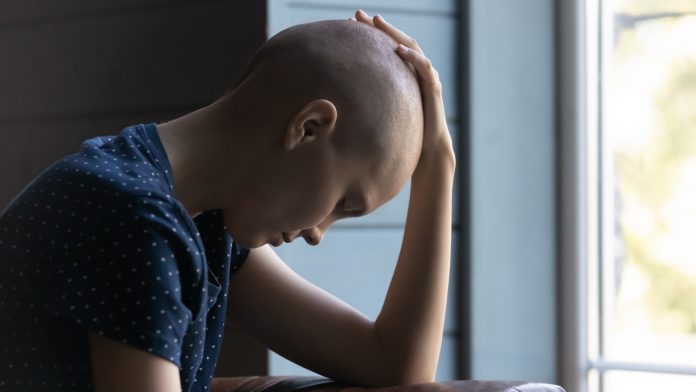
New research has indicated that psychological distress from cancer and its treatment can cause many adolescents and young adult (AYA) cancer survivors to seek further care and burden them with substantial medical expenses.
To examine the health care use and medical costs associated with psychological distress in AYA cancer survivors, Ola A. Abdelhadi, MBBCh, MPH, PhD, of the University of California, Davis, and her colleagues examined data from the 2001–2016 Medical Expenditure Panel Survey for 1,757 AYA cancer survivors and 5,227 adults with no history of cancer.
The findings were published by Wiley online in CANCER, a peer-reviewed journal of the American Cancer Society.
Cancer in young people
According to the National Cancer Institute, certain cancers, such as primary bone cancer, Hodgkin lymphoma and testicular cancer, are most frequently diagnosed amongst adolescents and young adults.
The most common cancers in adolescents and young adults (AYAs) are:
- Brain and other Central Nervous System Tumours
- Breast
- Cervical
- Colorectal
- Leukaemia
- Lymphoma
- Melanoma
- Sarcomas
- Bone
- Soft Tissue Sarcoma
- Testicular
- Thyroid
However, the incidence of specific cancer types varies according to age. Lymphomas and thyroid cancer are the most common cancers amongst 15- to 24-year-olds. Within individuals aged between 25- to 39-year-olds, breast cancer and thyroid cancer are the most common.
Evidence suggests that some cancers in adolescents and young adults may have unique genetic and biological features. Researchers are continuously working on learning more about the biology of cancers in young adults so they can identify molecularly targeted therapies that may be effective in these cancers.
AYA cancer survivors experiencing psychological distress
When comparing individuals without a cancer history, AYA cancer survivors – those diagnosed with cancer when aged between 15 and 39 years old – are more likely to experience psychological distress, which can be expressed as depression, anxiety, panic attacks, posttraumatic stress disorder, cancer worry, or anger.
The prevalence of psychological distress in AYA cancer survivors was two times higher than that observed in adults with no history of cancer (11.5% vs 5.8%). Also, 11.2% of cancer survivors reported distress 20 or more years after being diagnosed.
Furthermore, cancer survivors with psychological distress were found to be more likely to smoke and have chronic medical conditions, and they were less likely to exercise regularly compared with survivors with no history of psychological distress. Additionally, females, those with lower income, and unmarried cancer survivors were more likely to have psychological distress than males, those with higher income, and those who were married.
Rising medical care costs
Psychological distress was associated with an additional $4,415 in annual medical expenses in AYA cancer survivors, compared with $1,802 in adults without a history of cancer.
In AYA cancer survivors, those with psychological distress had an average of 2.8 more annual office visits and used an average of 11.58 additional prescription medications or medication refills each year.
“Our study is the first to estimate the additional medical expenses and health care utilisation associated with psychological distress in adolescent and young adult cancer survivors,” said Dr Abdelhadi. “Screening to identify those with psychological distress and referring survivors to treatment or interventions can mitigate the impact of psychological distress.”






















